Tantalum polymer capacitors offer compact, reliable decoupling with high capacitance, low ESR, and stable performance in demanding applications.
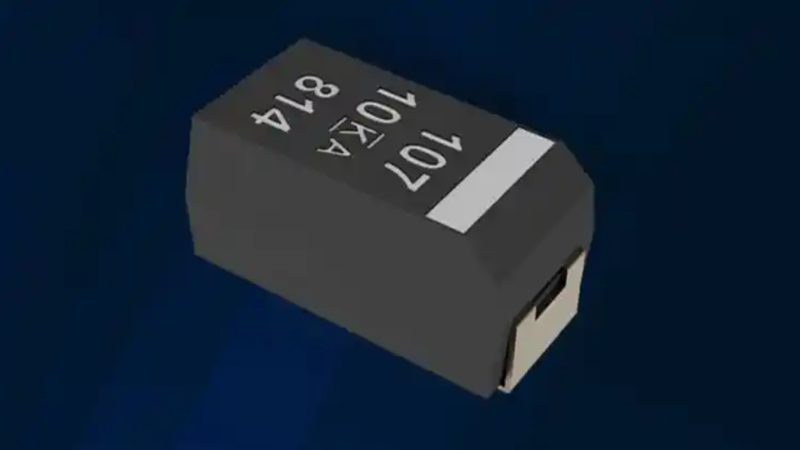

Tantalum polymer capacitors offer compact, reliable decoupling with high capacitance, low ESR, and stable performance in demanding applications.
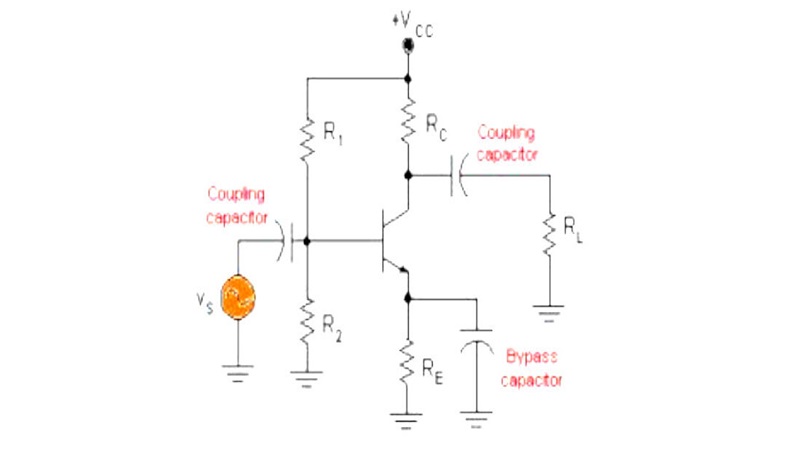
Coupling capacitors enable signal transmission by blocking DC voltage while allowing AC signals to pass effectively.

This article provides an in-depth exploration of these fundamental electromagnetic components: solenoids and transformers, detailing their structures, operating principles, types, and applications.
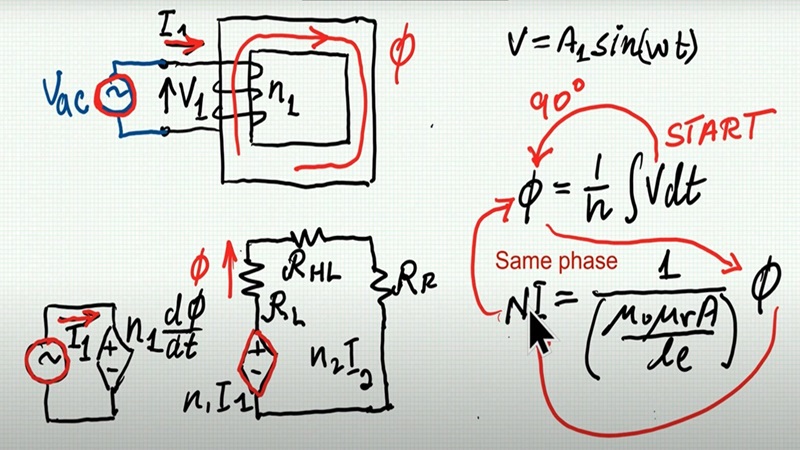
In this video, prof. Sam Ben-Yaakov thoroughly examines the inner transformer process to understand how the transformer works in detail.
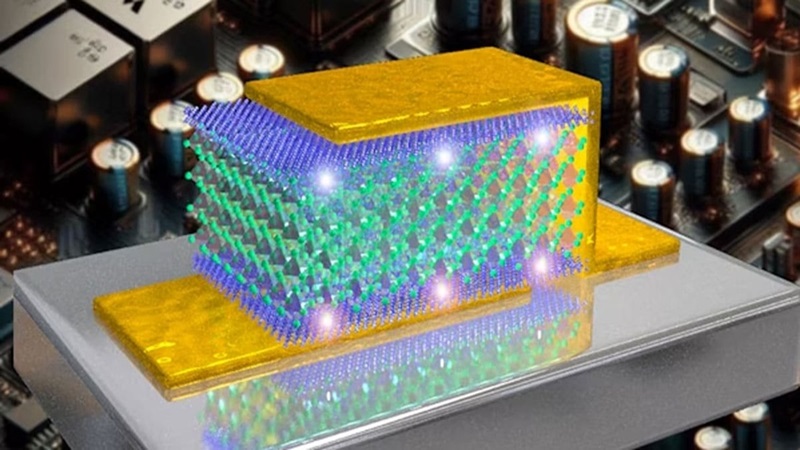
Researchers at Washington University in St. Louis have developed innovative barium titanate (BaTiO₃ or BTO)-based capacitor heterostructures that achieve an energy density up to 19 times higher than commercially available capacitors.
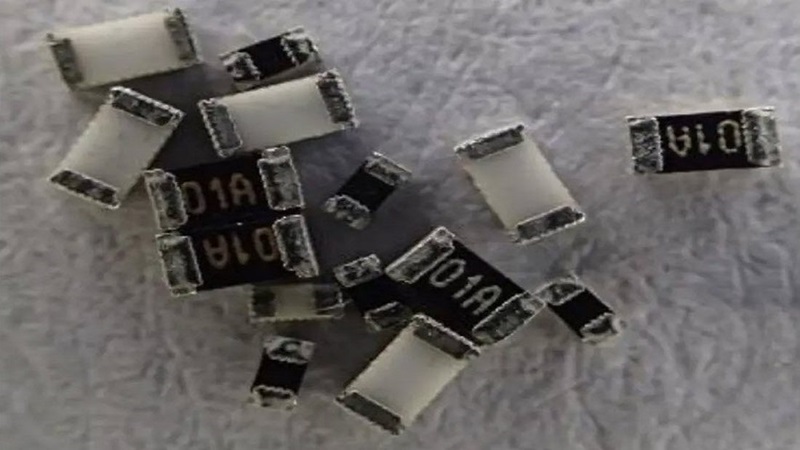
Learn how TCR impacts high-precision resistor performance, ensuring reliability in temperature-sensitive applications.
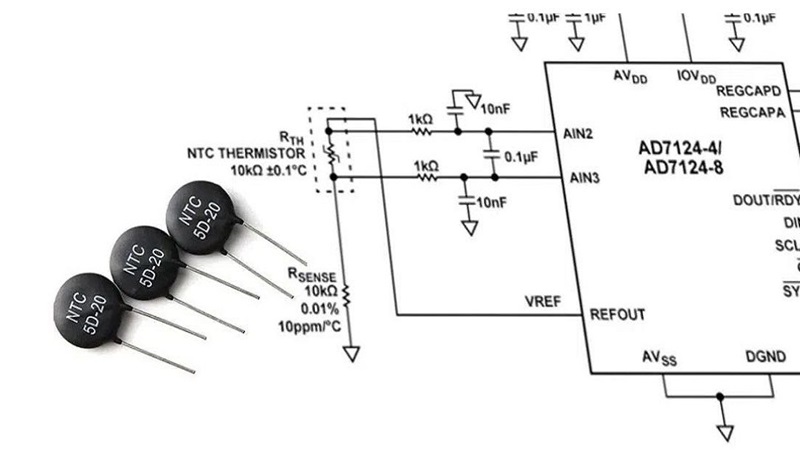
Thermistor-based temperature sensing systems are compared to RTDs, highlighting design challenges and key components.
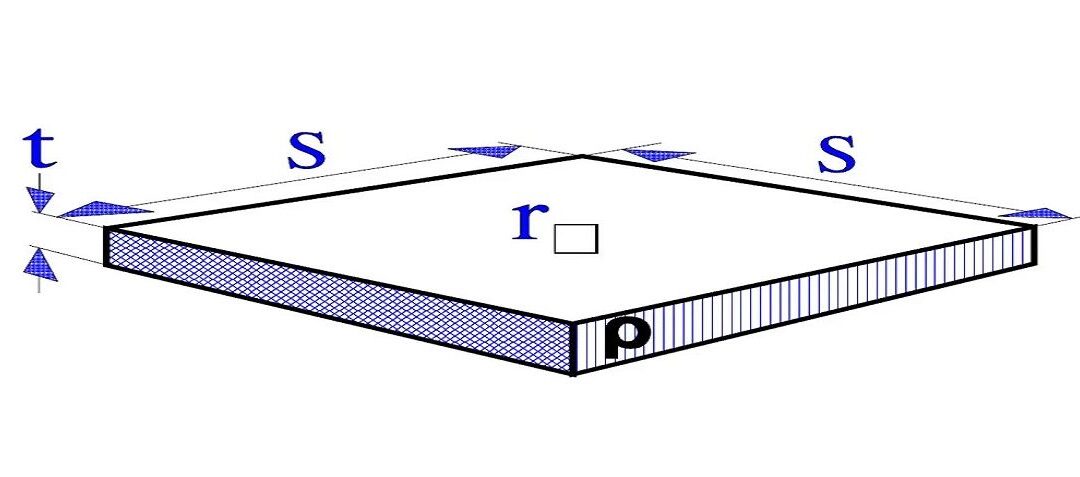
Resistivity impacts a resistor’s performance, with higher resistivity increasing resistance; key for material and circuit design.
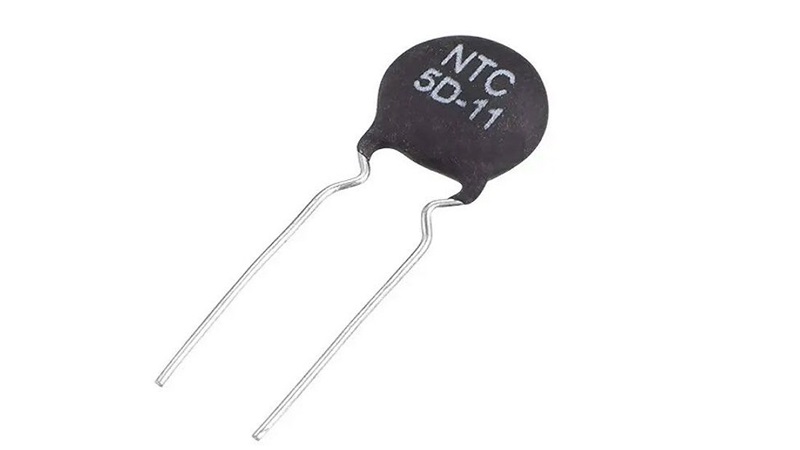
Non-linear resistors, like thermistors, varistors, and memristors, adapt resistance dynamically, enabling diverse sensing and protection uses.
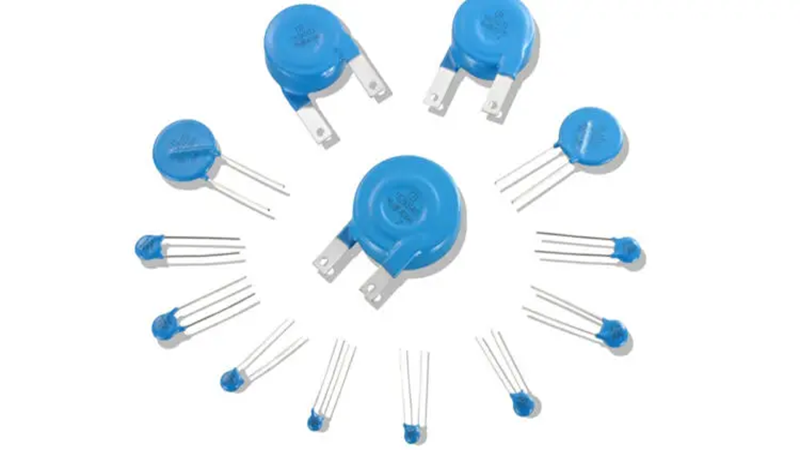
Varistors, voltage-dependent resistors, protect circuits from voltage transients with rapid response and robust energy absorption.

This article focuses on four metals consumed as electrodes and terminations in passive electronic components, including two precious metals and two base metals.
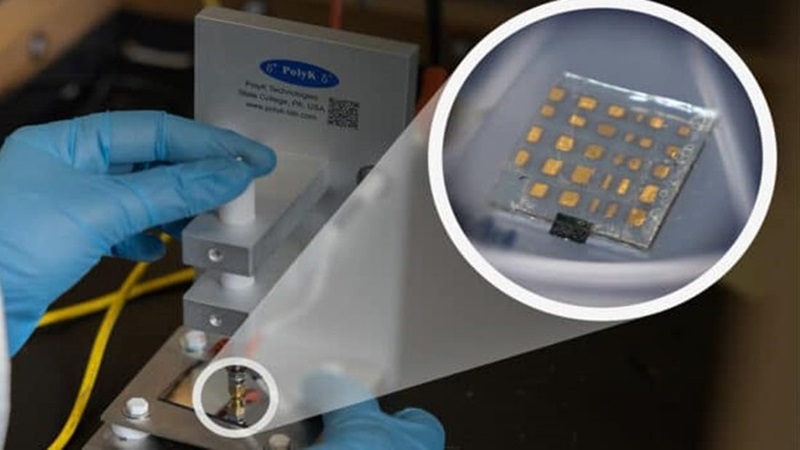
A flexible high-energy-density capacitor with 2D nanofillers improves energy storage efficiency, enabling advances in renewable energy and electronics.
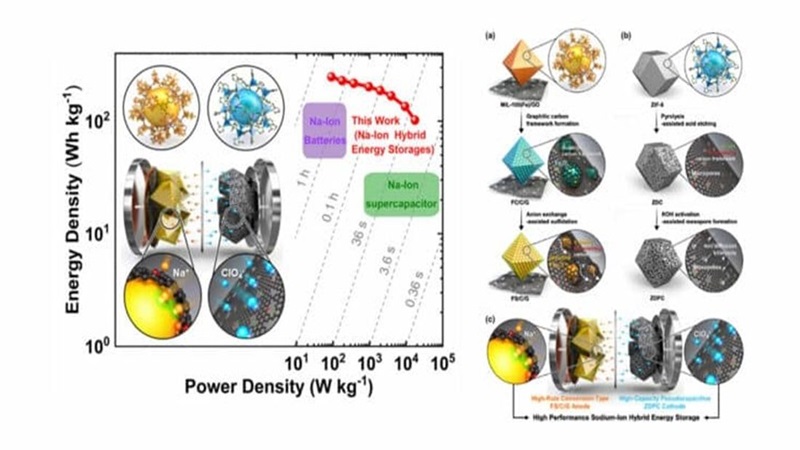
A research team at KAIST, led by Professor Jeung Ku Kang, has developed a groundbreaking hybrid sodium-ion battery-supercapacitor with record-high energy and power densities.
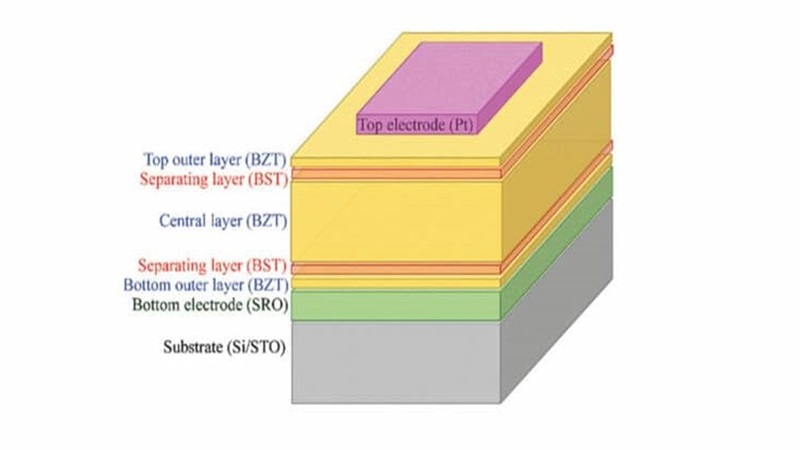
Multilayer dielectric material enhances capacitor efficiency, achieving high energy storage density with reduced energy loss and robust performance.

Niobium capacitors offer high reliability and density, rivaling tantalum types, with applications in energy-dense electronics.
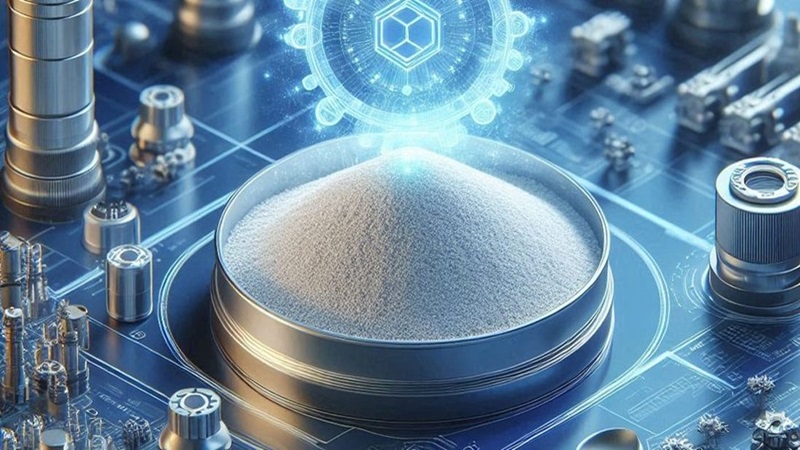
This article, authored by Dr. Vladimir Azbel, compares wet testing and mechanical testing methods for evaluating the quality of tantalum powder in capacitor production.

The article describes the energy content of the capacitor, what energy it can store and deliver and what forces are present inside it.
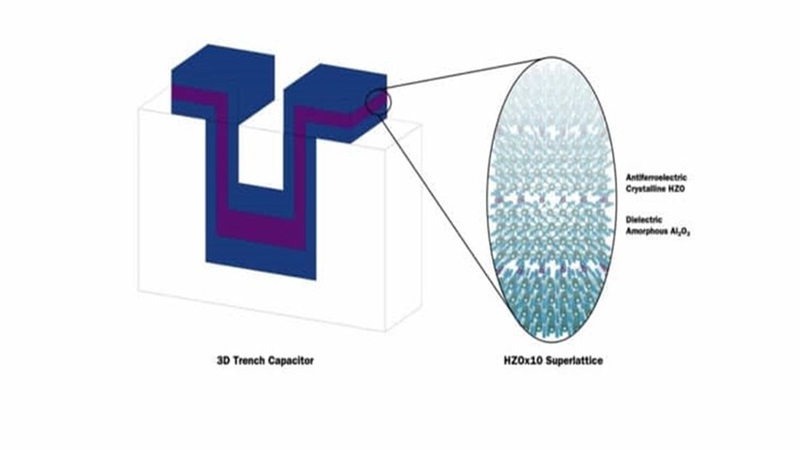
The scientists developed microcapacitors with ultrahigh energy and power density, paving the way for on-chip energy storage in electronic devices.
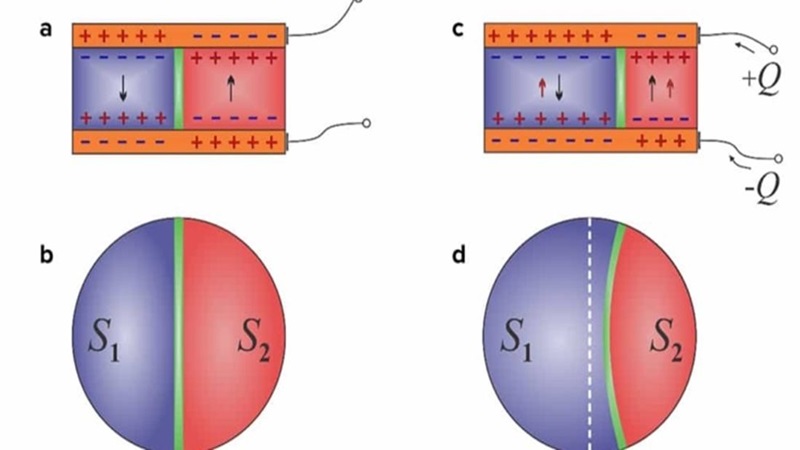
A static negative capacitor, using ferroelectric domains, offers breakthroughs in energy-efficient computing and circuit voltage optimization.
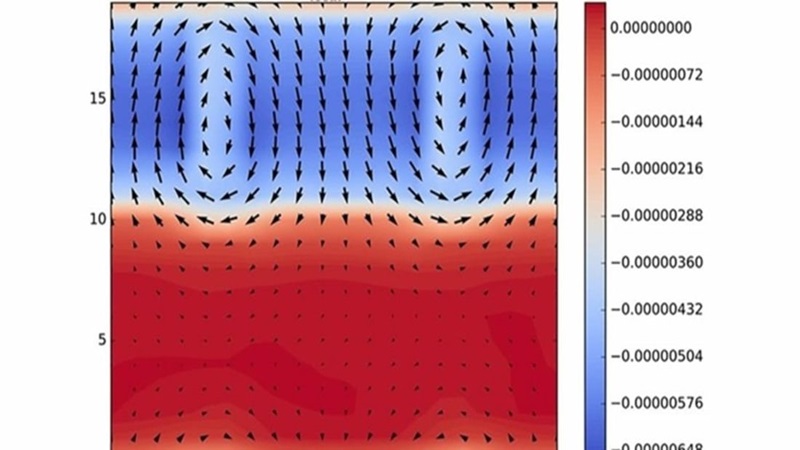
Negative capacitance reveals a counterintuitive charge-voltage relationship, offering potential for energy-efficient electronics innovations.